Ever wonder why your cat seems to speak volumes without making a sound? While dogs bark and wag their way through emotions, cats have mastered the art of the quiet conversation. They operate on a frequency that requires us to pay attention to the subtleties rather than the obvious. From the barely perceptible twitch of a whisker to the positioning of their ears, cats communicate through an intricate language of silence that reveals their deepest emotions and intentions.
The science behind feline communication is far more complex than most people realize. Cats primarily communicate silently through body language, scent marking, and visual cues. They use their tail, facial expressions, and pheromones to express themselves, often relying on these non-verbal methods more than vocalizations. This sophisticated system allows them to convey everything from affection to aggression without uttering a single meow. Ready to decode the hidden language your cat has been speaking all along?
The Silent Meow Phenomenon
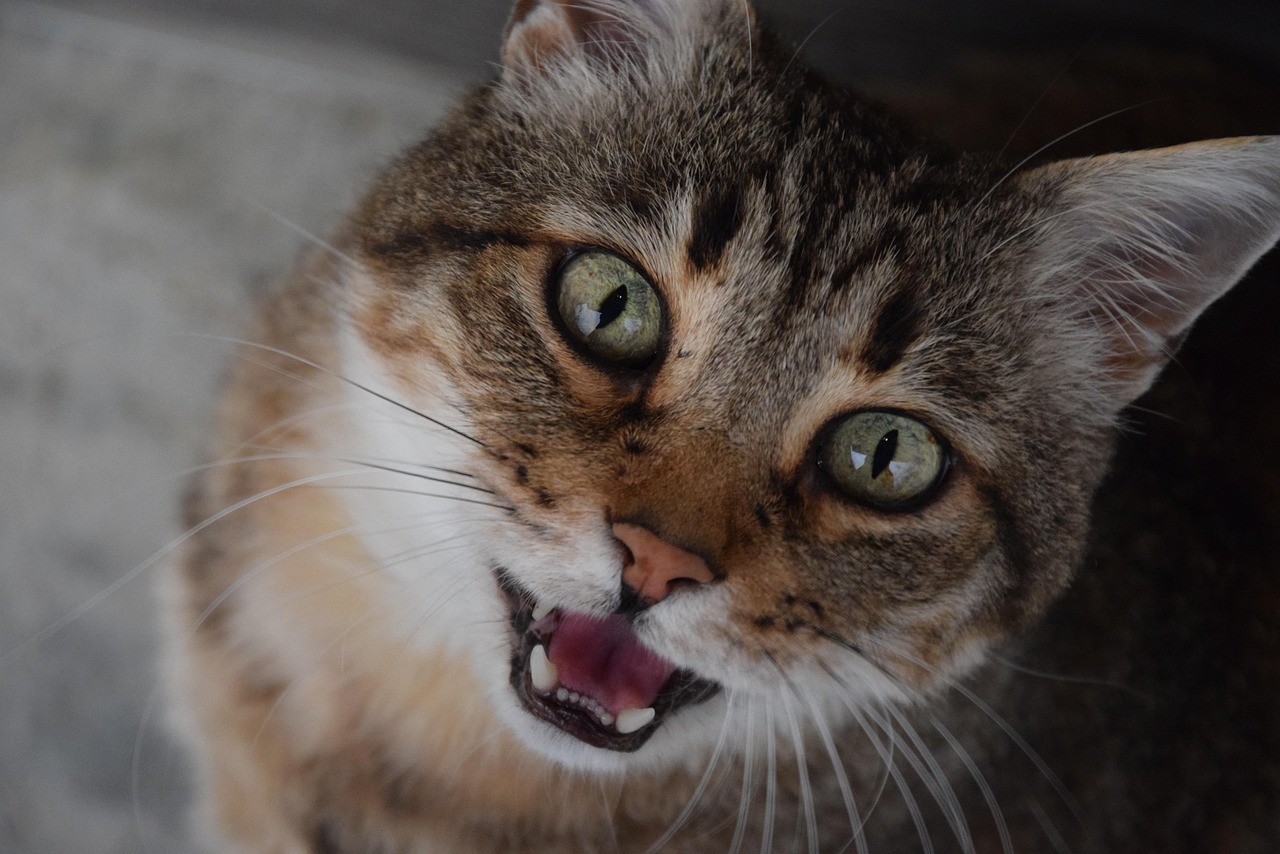
Picture this: your cat approaches you, opens their mouth as if to meow, but no sound emerges. This isn’t a malfunction or a cute quirk. It’s a quiet gesture where a cat opens their mouth but emits no sound that’s audible to the human ear. This subtle form of communication can be easily missed but is significant in the world of feline interaction, expressing a range of emotions and desires.
A silent meow directed at a human often signifies trust and a desire for attention or food. Without vocal sound, the silent meow can be a polite way of asking for something, displaying less urgency than vocal meows. Think of it as your cat’s version of whispering rather than shouting. Cats often use the silent meow as a subtle form of bonding and expressing affection. This behavior is more commonly directed towards humans with whom they have a close relationship.
The Science Behind Feline Eyes

Those mesmerizing cat eyes aren’t just beautiful; they’re sophisticated communication tools. The famous “slow blink” that cats give their trusted humans is actually a sign of deep affection and trust, often called a “cat kiss” by behaviorists. Research has shown that cats are thought to interpret unbroken staring as threatening, which explains why cats often look away from direct eye contact with strangers.
Dilated pupils can indicate excitement, fear, or aggression, depending on the context and other body language signals. During play, dilated pupils often accompany the hunting instinct, while in threatening situations, they prepare the cat for fight-or-flight responses. It’s like having a mood ring right there on their face. It’s difficult to know why cats slow-blink at humans this way. But it’s also possible that cats developed the expression since humans respond positively to it.
Whisker Wisdom and Emotional States
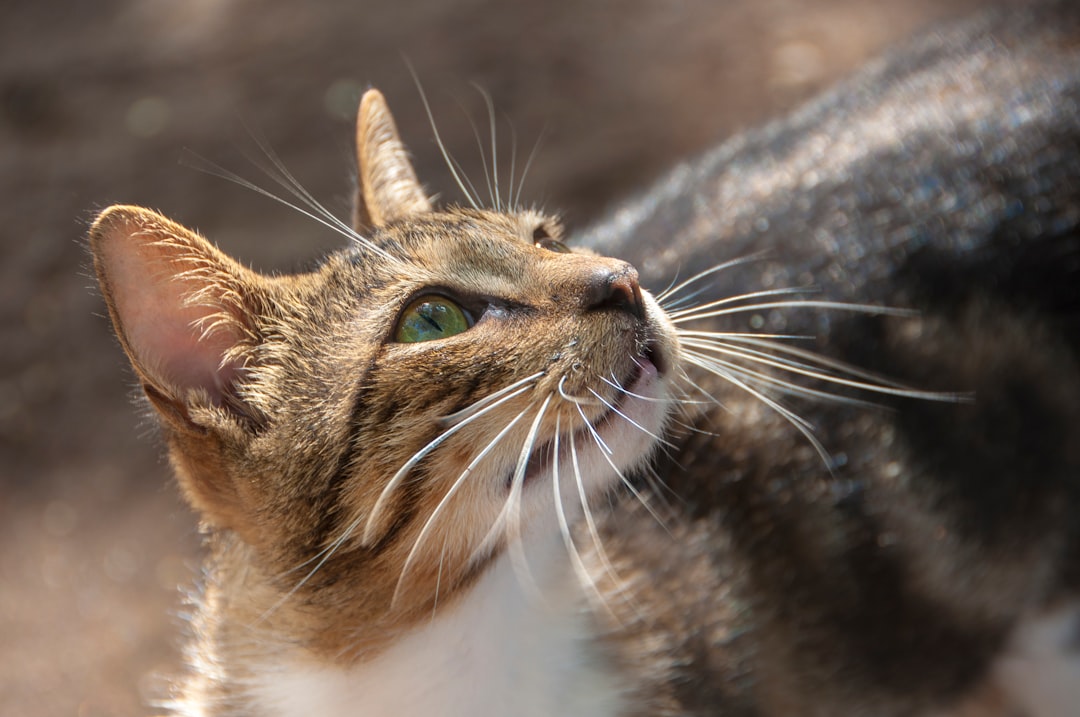
Cat whiskers are far more than cute facial features; they’re emotional barometers that shift with their moods. Whiskers aren’t just sensory tools – they’re sophisticated mood indicators that change position based on a cat’s emotional state. Whiskers that are open wide and pointing forward indicate alertness, interest and a playful mood. Whiskers relaxed and slightly forward indicate positive and friendly encounters.
In fearful situations, whiskers are held back against the face to indicate that the cat is non-threatening. Moreover, during a potential conflict, the whiskers are tilted backward. Whiskers pulled back help the cat’s face appear smaller and non-threatening. Understanding these subtle positional changes can help you gauge your cat’s comfort level before approaching or interacting with them.
Ear Language and Emotional Intelligence
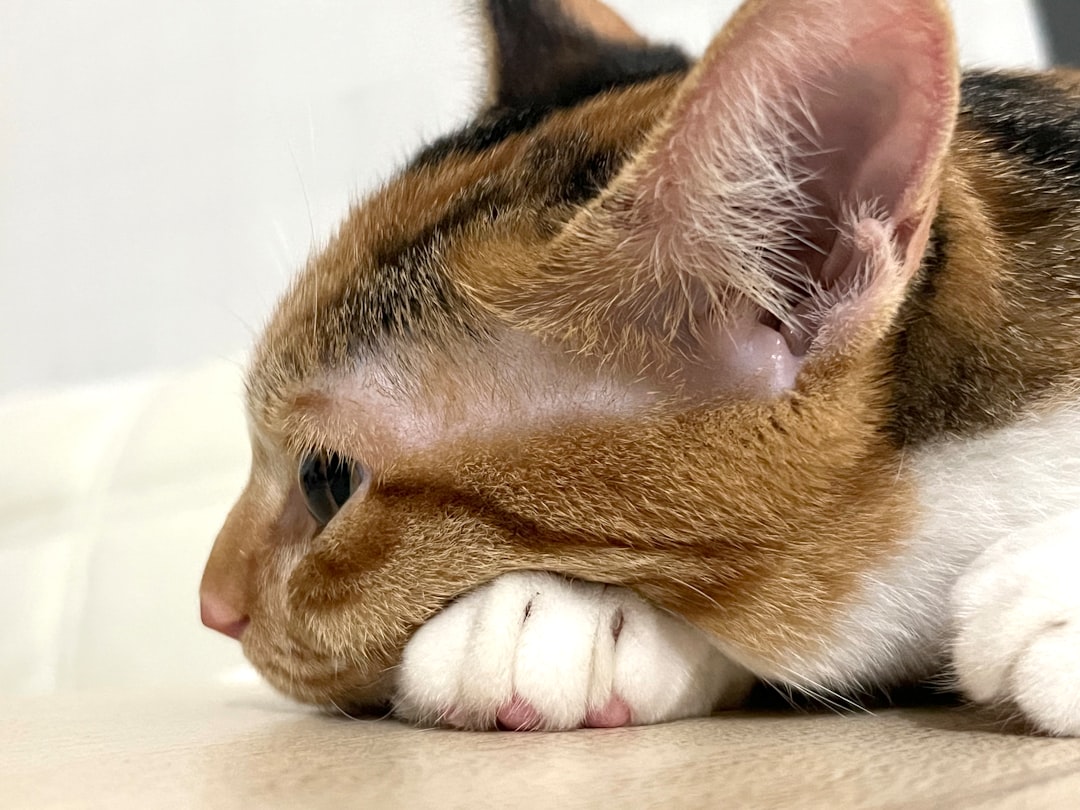
Cats have approximately 30 muscles that control the pinna of each ear, allowing for incredibly precise movements and a wide range of motion. This incredible muscular control makes their ears perfect emotional transmitters. When a cat’s ears are facing forward and erect, it indicates a positive and friendly disposition. Relaxed and forward ears signify comfort and security in their surroundings.
Sideways ears serve as a warning sign, indicating annoyance, fear or potential aggression. Flat back ears indicate extreme fear and readiness to attack. When a cat is extremely scared, their ears may seem almost invisible. This cat ear signal is often accompanied by other signs such as dilated pupils, a lowered tail, or a tense body. Think of their ears as emotional weather vanes, constantly adjusting to reflect their internal climate.
The Secret Language of Scent Communication
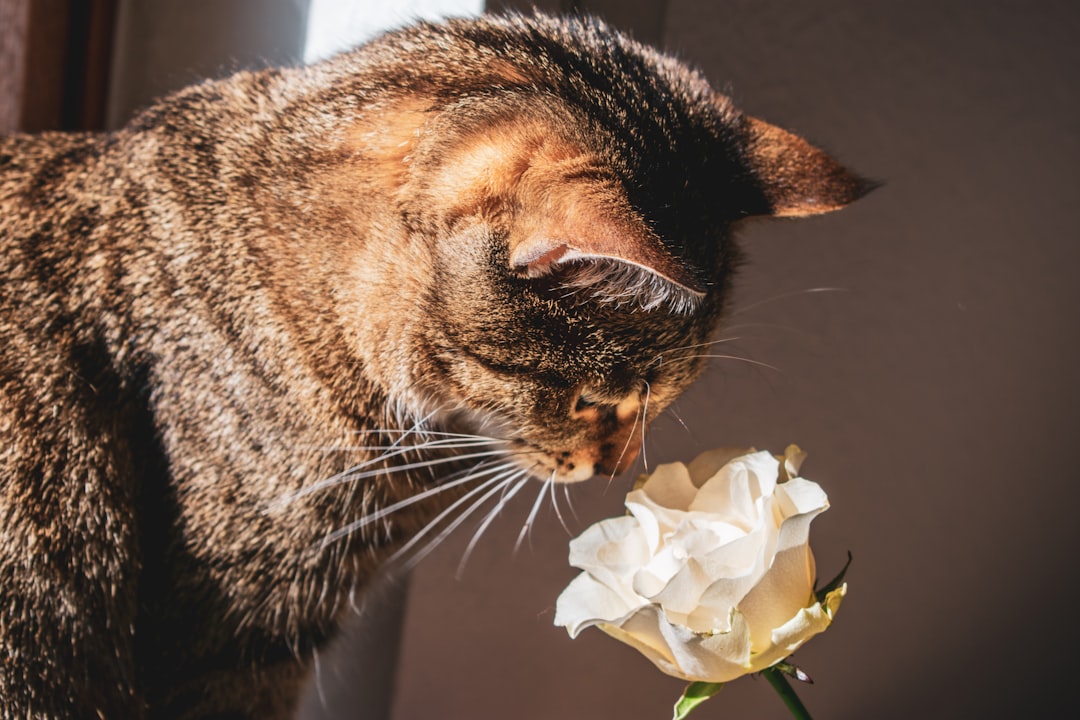
While humans live in a visual world, cats inhabit a universe of scent that’s completely invisible to us. Cats have 200 million scent receptors, as opposed to our 5 million. Cats also have a special scent analyzer called the Jacobson’s organ or vomeronasal organ. This gives them superpowers we can barely comprehend.
Cats communicate through scent using urine, feces, and chemicals or pheromones from glands located around the mouth, chin, forehead, cheeks, lower back, tail and paws. Their rubbing and head-bumping behaviors are methods of depositing these scents on substrates, including humans. Cats will then use pheromones to communicate with other cats. Marking territory is a signal to other cats, and these cats will learn a lot from a scent-marked area including the cat’s gender, reproductive status, and even mood. It’s like leaving detailed business cards wherever they go.
Tail Talk and Body Positioning
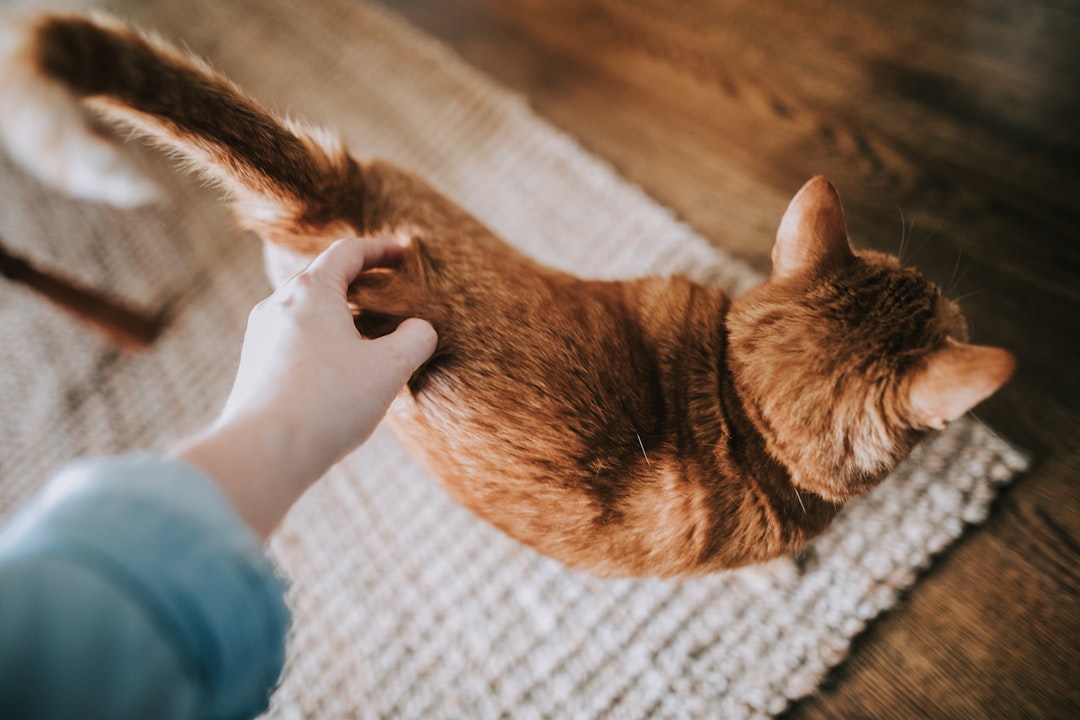
A cat holding its tail vertically generally indicates positive emotions such as happiness or confidence; the vertical tail is often used as a friendly gesture toward people or other cats. A half-raised tail can indicate less pleasure, and discontent is indicated with a tail held low. A cat’s tail may swing from side to side, and if this motion is slow and “lazy”, it generally indicates that the cat is in a relaxed state.
Cats will twitch the tip of their tails when hunting, alert, or playful. A stalking domestic cat will typically hold its tail low to the ground while in a crouch, and twitch it quickly from side to side. The tail is essentially a feline mood ring that broadcasts their emotional state to anyone fluent in cat body language. A raised tail with a slight curve at the tip often signifies a happy and confident cat, while a puffed-up tail indicates fear or aggression.
Physical Contact as Emotional Expression
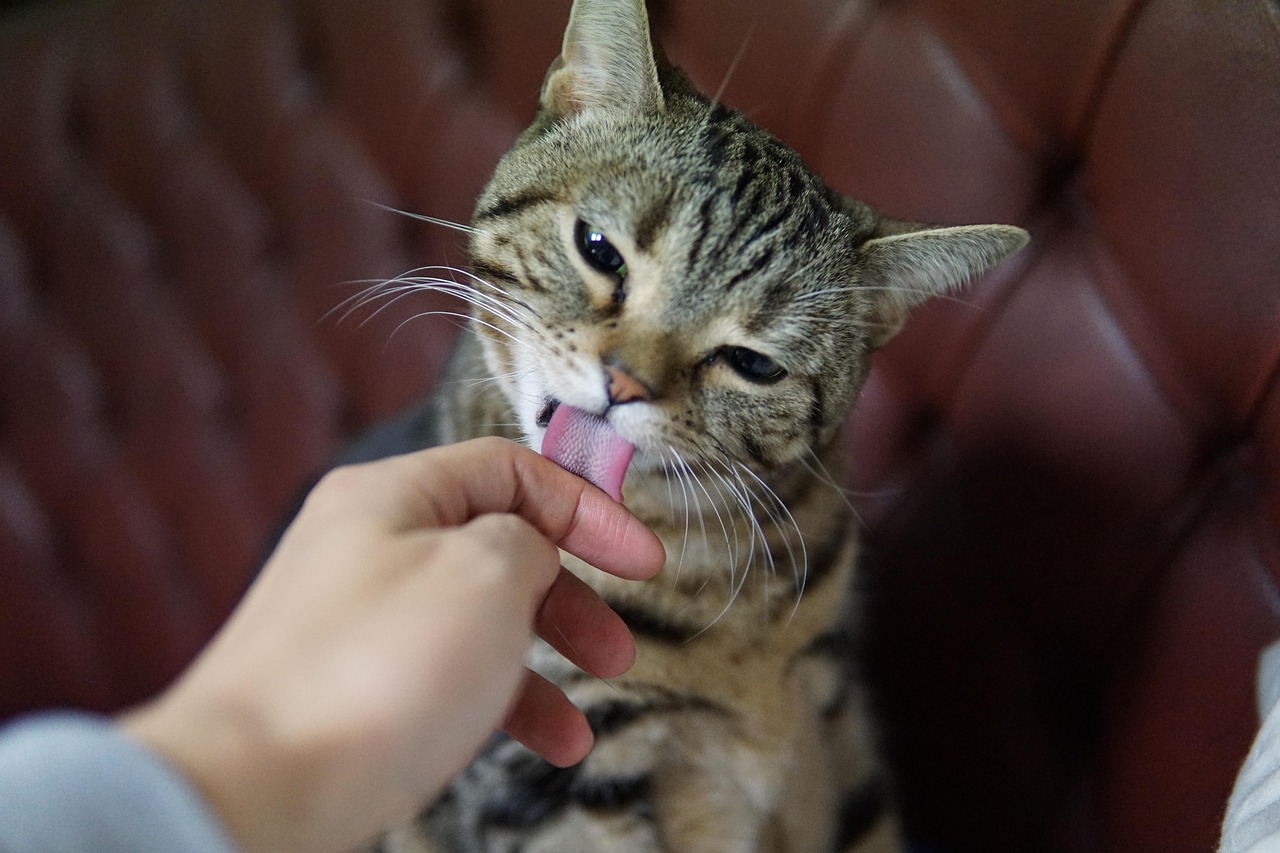
Physical contact plays a significant role in how cats communicate with each other. Behaviors like grooming and headbutting help establish social bonds and communicate affection. These actions are essential for creating and maintaining relationships within a group. Cats sometimes “head-bump” humans or other cats with the front part of the head; this action is referred to as “bunting”. This communication might have an olfactory component as there are scent glands in this area of the body.
Grooming and snuggling are signs of social bonding between cats. These behaviors show a high level of trust and are used to strengthen their connection, reduce stress, and show affection. Nose touching is a friendly greeting that allows scent exchange between two cats so that they can recognize one another. In multi-cat households, nose touching can reinforce social bonds. When your cat engages in these behaviors with you, they’re essentially saying you’re family.
The Evolution of Domestic Cat Communication
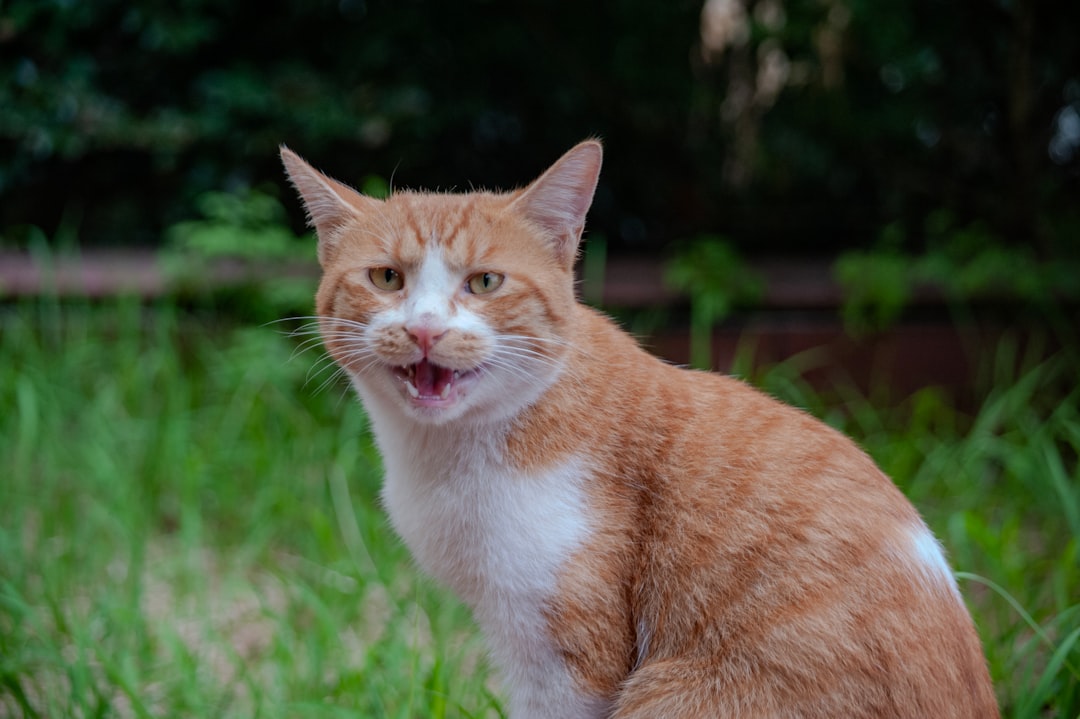
Here’s something fascinating: feral cats are more silent than their counterparts that live with humans with the exception of agonistic and mother-kitten interactions. Adult cats only meow to humans and not to each other, most likely because their mothers stopped responding once they were weaned off her milk. This means your cat has essentially developed a special language just for communicating with you.
Cat communication methods have been significantly altered by domestication. Studies have shown that domestic cats tend to meow much more than feral cats. They’ve learned that humans respond to vocal cues, so they’ve adapted their natural silent communication to include more sounds when interacting with us. It’s like they’ve become bilingual, speaking both cat and human.
Reading the Complete Picture

Understanding a cat’s body language is vital for cat owners and enthusiasts to establish a strong bond and communicate effectively with their feline companions. By deciphering the subtle non-verbal communication cues provided by their ears, eyes, tail, whiskers and behaviors, we can gain valuable insights into a cat’s current emotions and cattitude.
When you’re interpreting cat body language, consider everything that’s going on around the cat. Put yourself in the cat’s paws and ask how the situation and environment – including the sights, sounds, and smells – might make them feel. Body language should be interpreted only after being aware of the situation that the cat is in at the time and taking vocalisation into account. Visual signals from the face, such as ears, eyes, tongue and whiskers, are best read together with body posture and tail position to conclude a cat’s mood. It’s about reading the whole story, not just individual chapters.
Conclusion
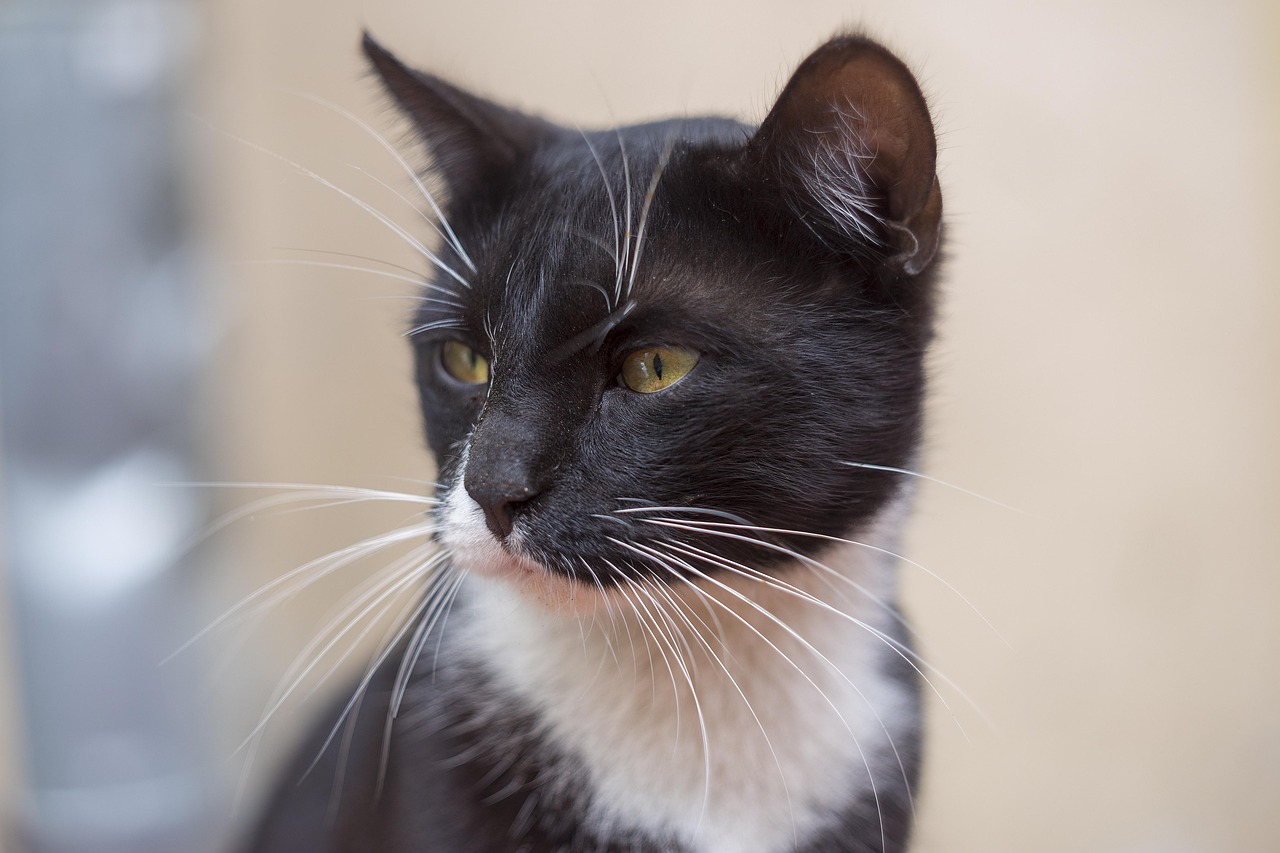
The silent world of cat communication is rich with meaning and emotional depth that most of us are only beginning to understand. From the subtle positioning of whiskers to the complex chemistry of pheromones, cats have developed an incredibly sophisticated system of non-verbal communication that puts our human attempts at body language to shame. They’ve mastered the art of saying everything while appearing to say nothing at all.
Understanding these silent signals doesn’t just make us better cat parents; it opens up an entirely new dimension of our relationship with these remarkable creatures. When we learn to listen with our eyes and interpret their quiet cues, we discover that our cats have been having detailed conversations with us all along. What hidden messages has your cat been sending you today?





